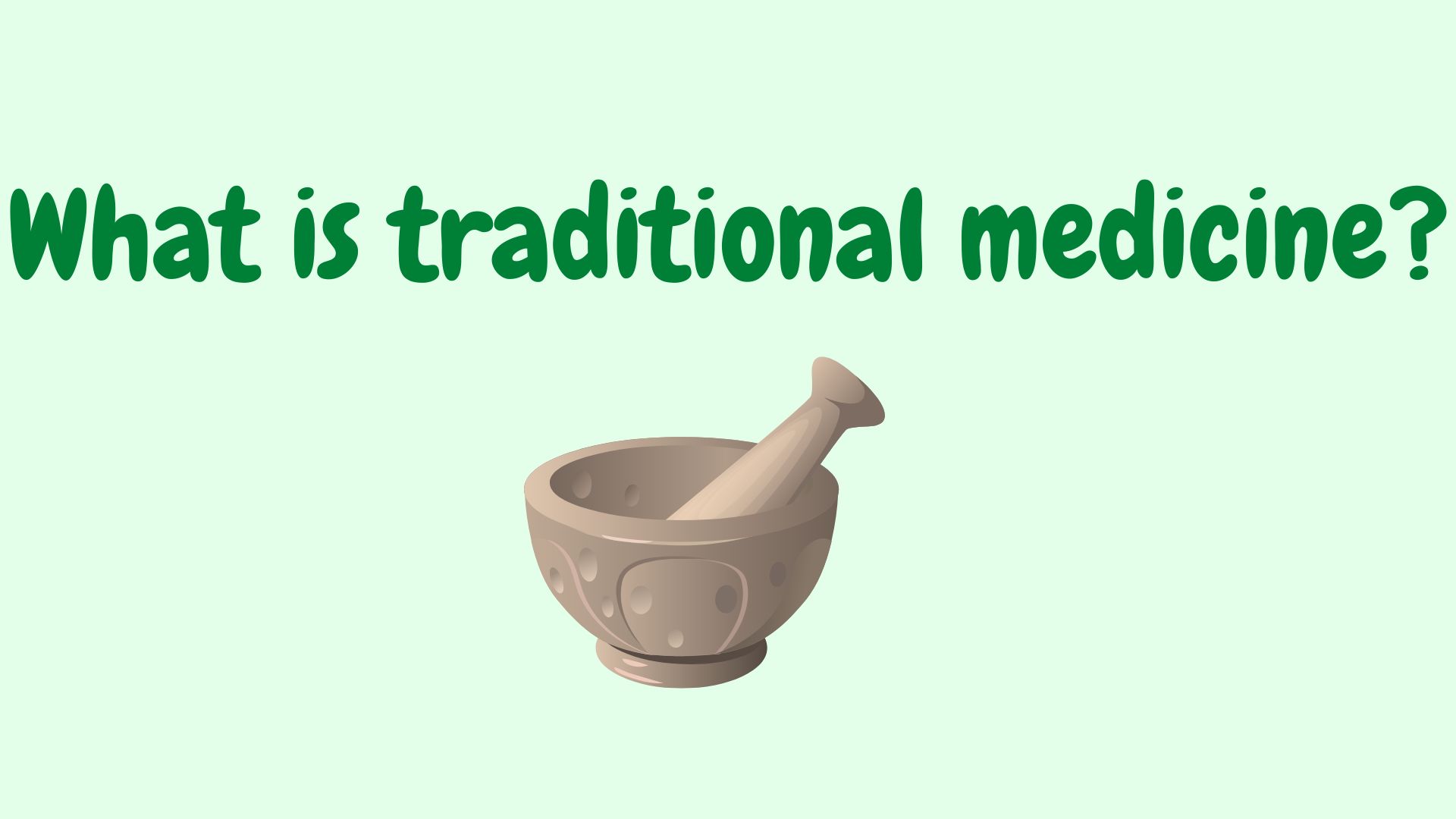Traditional medicine is variously known as to ethno-medicine, folk medicine, indigenous medicine, and native medicine. It is the oldest and most dominant form of healthcare (a service for restoring health) in developing countries. According to the World Health Organization (WHO) traditional medicine is:
“the sum total of the knowledge, skills, and practices based on the theories, beliefs, and experiences indigenous to different cultures, whether explicable or not, used in the maintenance of health a swell as in the prevention, diagnosis, improvement, or treatment of physical and mental illness”.
World Health Organization
The WHO is a United Nations agency that deals with public health issues. Their aim is to improve access to healthcare around the world. The WHO’s role in traditional medicine is to preserve, recognise, and promote traditional medicine by helping to develop policies and legislation to govern its use.
The WHO’s definition of traditional medicine is very broad and diverse. A simpler definition of traditional medicine is:
A health practice (and products) with a long history of use that has been developed using indigenous knowledge, beliefs, and nature-based treatments and application methods in order to preserve well being.
Traditional medicine describes medicines prepared using naturally occurring raw material such as plants, animals, microorganisms, and minerals. The use of the raw material is based on the knowledge, understanding, and beliefs that certain plants, animals, microorganisms, and minerals contain chemical compounds that enable them to treat certain conditions, ailments, and life threatening diseases. The knowledge, understanding, and beliefs are transmitted orally through speech, songs, and folktales from one generation to the next.
The earliest form of health care dates back to ancient Sumarian civilization, about 5,000 years ago. The Egyptian medical papyrus of herbal knowledge, known as Papyrus Ebers is one of the most ancient written records of traditional medicine dating back to circa 1550 BC.
Depending on where you are in the world, traditional medicine is classified as either alternative medicine, complementary medicine, or integrative medicine. In most countries, including South Africa, traditional medicine is practiced outside of contemporary (modern) medicine. This is due to:
- A pluralistic healthcare system – for example, South Africa has two systems of healthcare, namely, traditional medicine and modern medicine. Traditional medicine is considered primitive and plays second fiddle to modern medicine. It does not get the same government resources and attention as modern medicine. This is despite the fact the majority of South Africans do not has access to proper modern medicine facilities (such as clinics and hospitals) and cannot afford quality modern healthcare.
- The lack of credibility and repeatable scientific evidence – traditional medicine practices are based on indigenous knowledge and has not being scientifically proven, as such it is perceived as unfounded and unreliable. Funding toward research and development, safety and regulation, and protection of intellectual property rights could go a long way towards improving this perception.
As a practice, traditional medicine has strong historical and cultural roots, even with the advent of modern medicine. Nevertheless, modern medicine has made significant strides in the accurate diagnosis and treatment of diseases. A collaboration, instead of competition, between the two systems could tremendously improve the quality and access to affordable health care.
